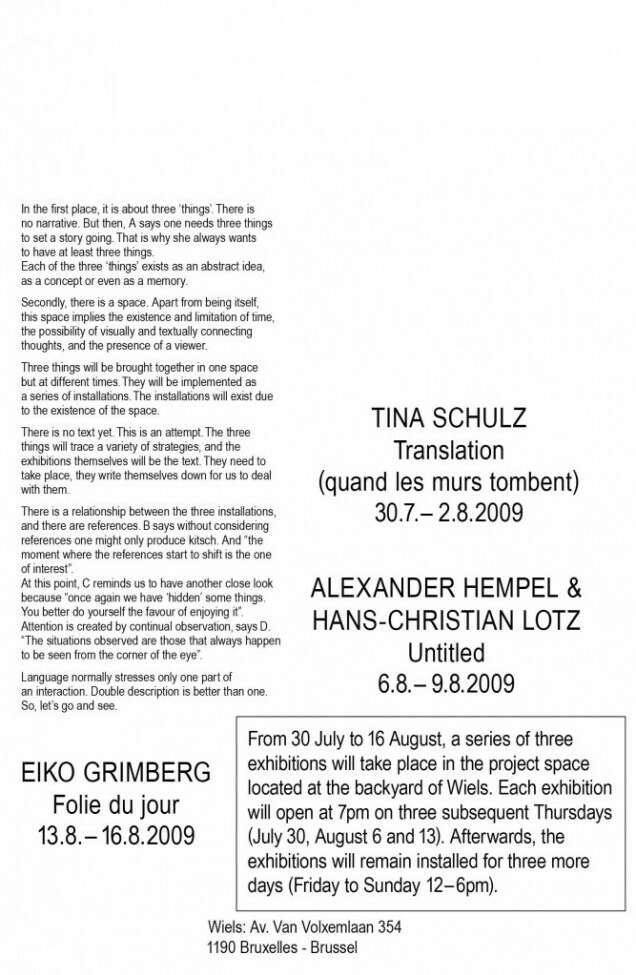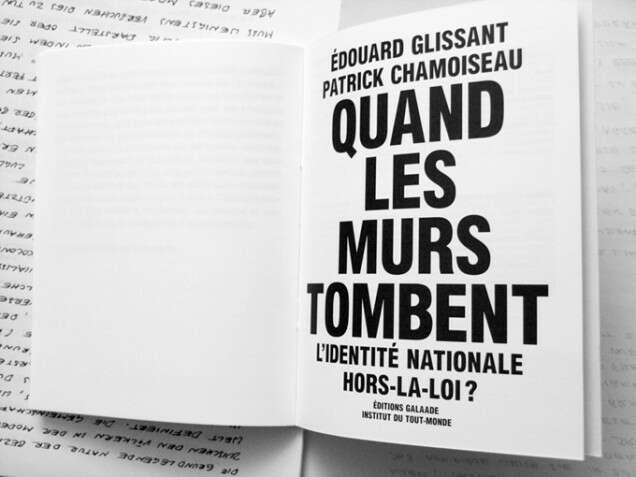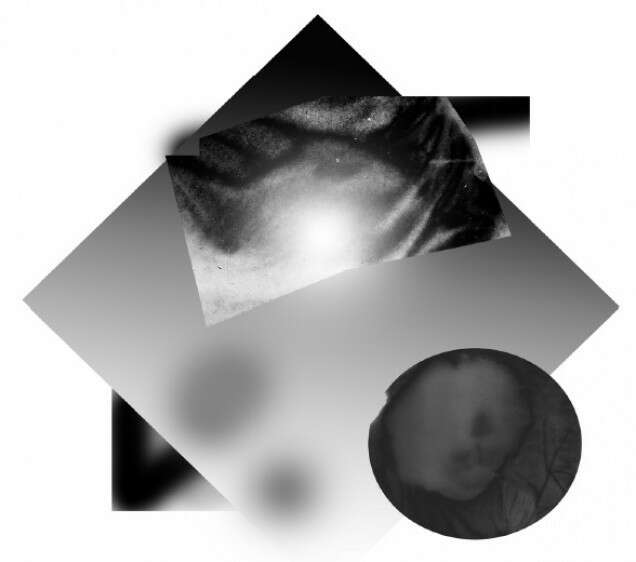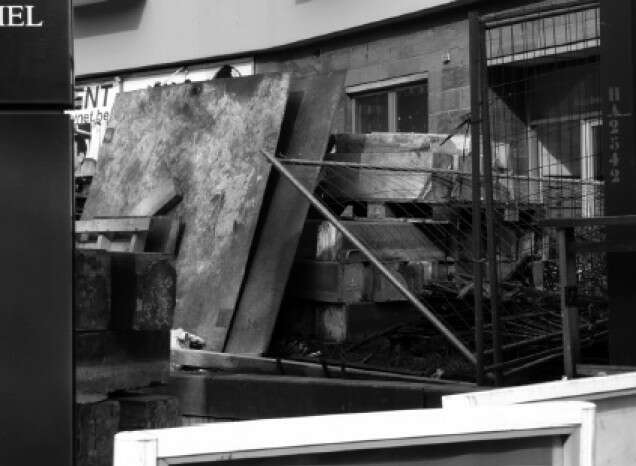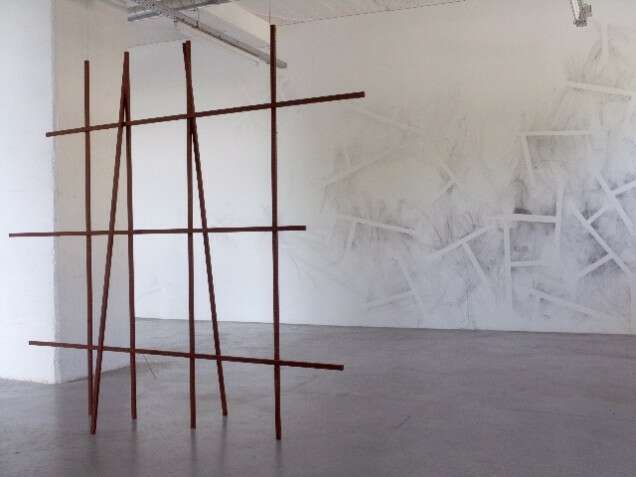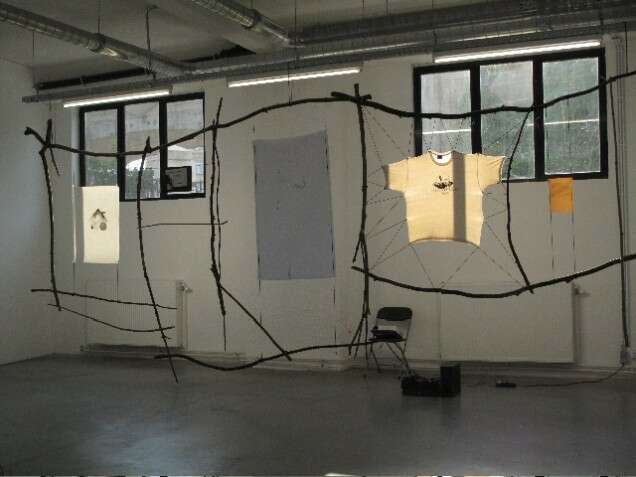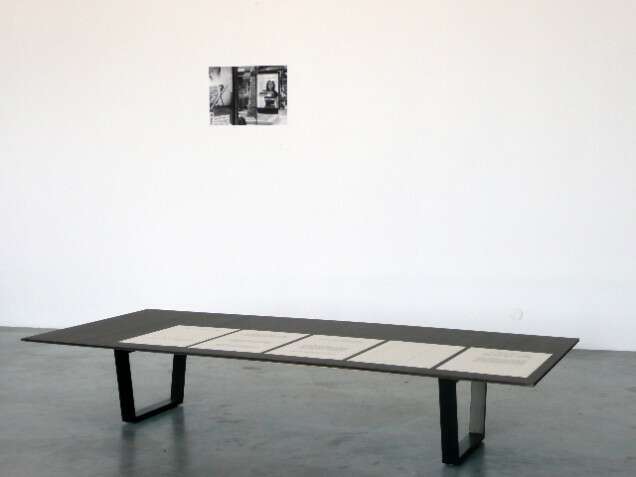Tina Schulz, Alexander Hempel & Hans-Christian Lotz, Eiko Grimberg
Lina Grumm, artist in residency at Wiels, invites 3 artists to exhibit at Wiels. From 30 July to 16 August, a series of three exhibitions will take place in the project space located at the backyard of Wiels. Each exhibition will open at 7pm on three subsequent Thursdays (July 30, August 6 / 13). Afterwards, they will remain installed for two more days.
#1 Tina Schulz: Translation (quand les murs tombent)
Opening Thursday 30.07 7pm
Exhibition 31.07 - 02.08.2009
#2 Alexander Hempel & Hans-Christian Lotz: Untitled
Opening Thursday 06.08 7pm
Exhibition 07.08 - 09.08.2009
#3 Eiko Grimberg: Folie du jour
Opening Friday 14.08 7pm
Exhibition 14.08 - 16.08.2009
In the first place, it is about three ‘things’. There is no narrative. But then, A says one needs three things to set a story going. That is why she always wants to have at least three things. Each of the three ‘things’ exists as an abstract idea, as a concept or even as a memory.
Secondly, there is a space. Apart from being itself, this space implies the existence and limitation of time, the possibility of visually and textually connecting thoughts, and the presence of a viewer.
Three things will be brought together in one space but at different times. They will be implemented as a series of installations. The installations will exist due to the existence of the space.
There is no text yet. This is an attempt. The three things will trace a variety of strategies, and the exhibitions themselves will be the text. They need to take place, they write themselves down for us to deal with them.
There is a relationship between the three installations, and there are references. B says without considering references one might only produce kitsch: "the moment where the references start to shift is the one of interest". At this point, C reminds us to have another close look because "once again we have 'hidden’ some things. You better do yourself the favour of enjoying it". Attention is created by continual observation, says D: "the situations observed are those that always happen to be seen from the corner of the eye".
Language normally stresses only one part of an interaction. Double description is better than one. So, let’s go and see.
Lina Grumm
